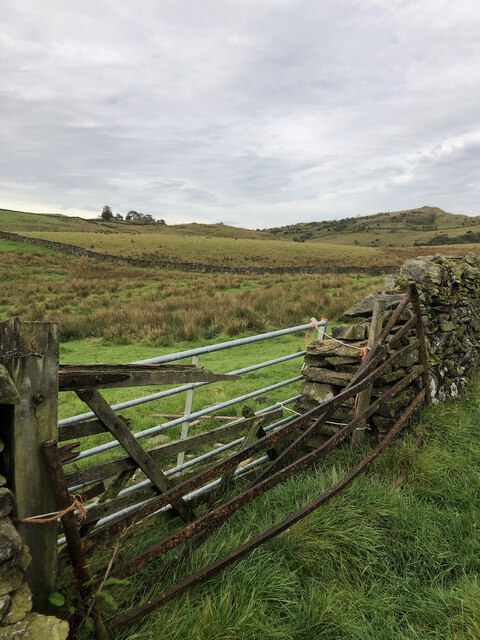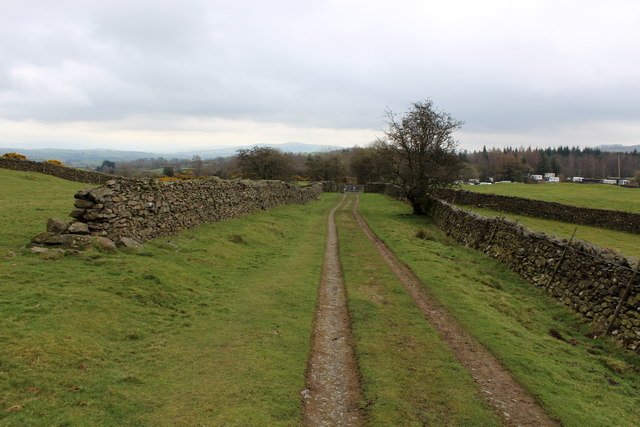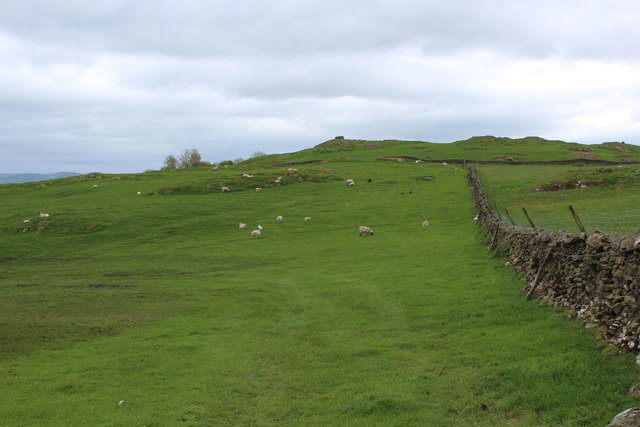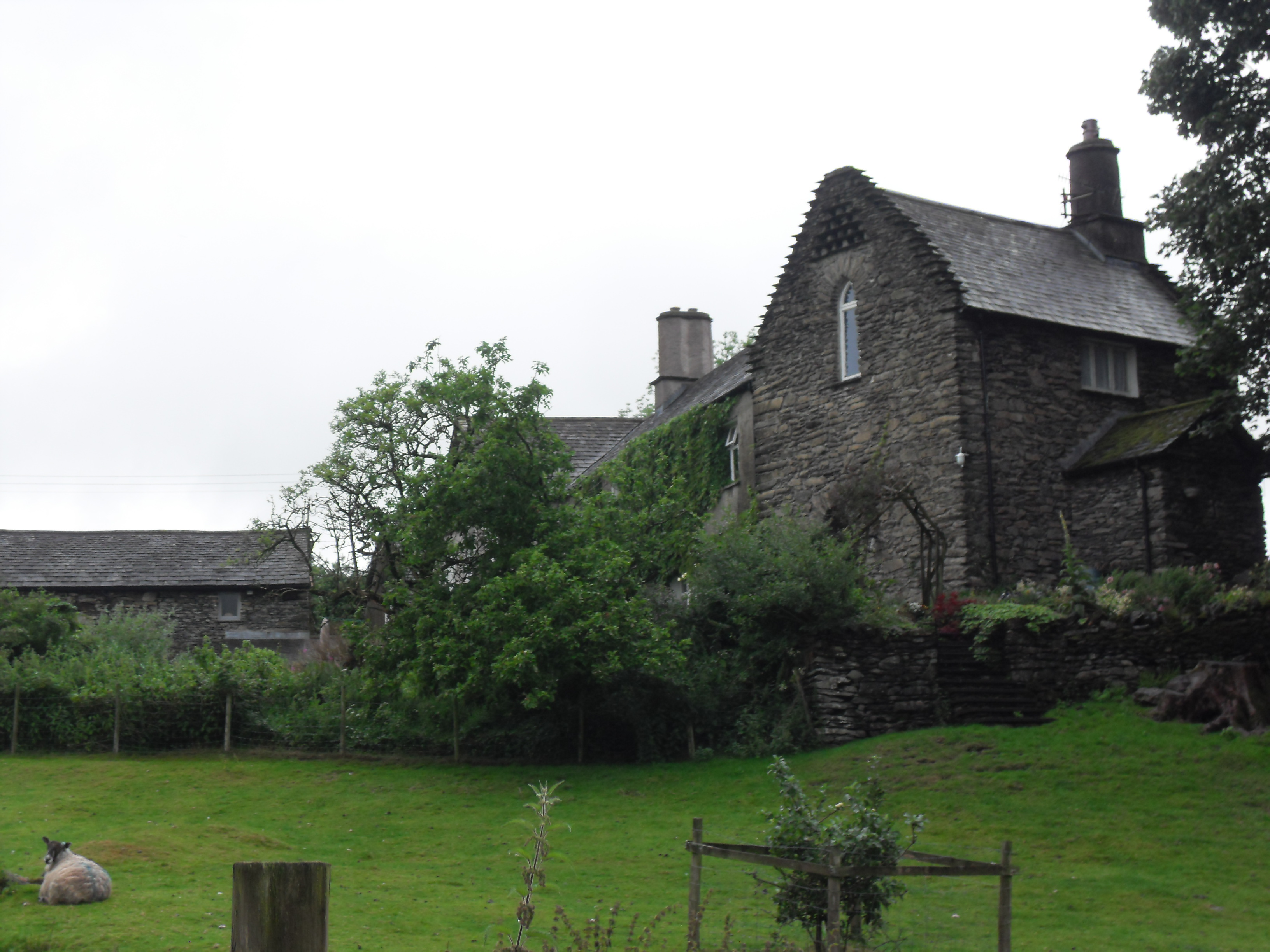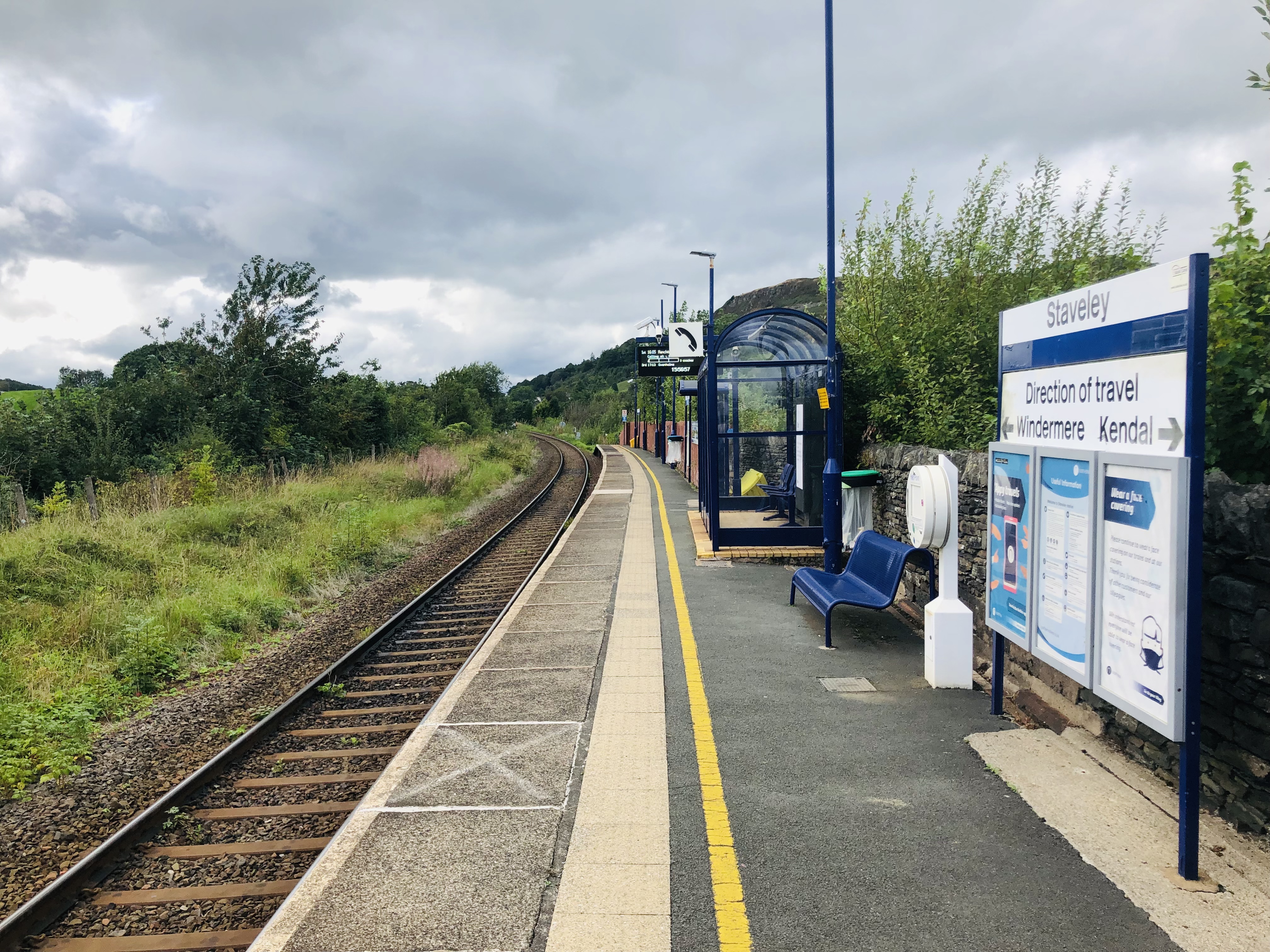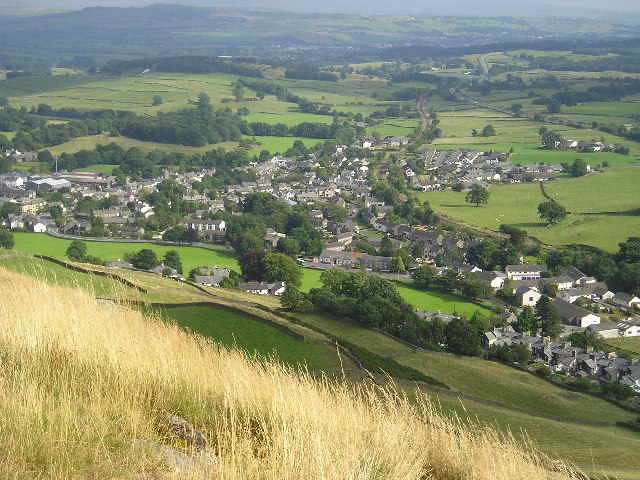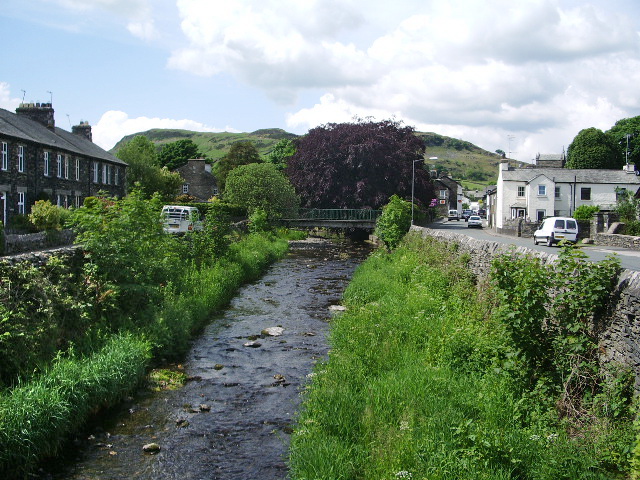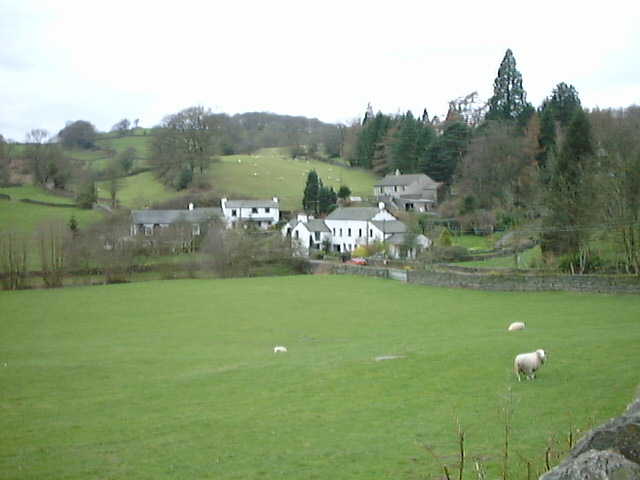Carus Hill
Hill, Mountain in Westmorland South Lakeland
England
Carus Hill

Carus Hill, Westmorland, located in the county of Cumbria, England, is a prominent hill that forms part of the stunning Lake District National Park. Standing at an elevation of approximately 716 meters (2,349 feet), it offers breathtaking views of the surrounding countryside and is a popular destination for hikers and nature enthusiasts.
Carus Hill is known for its distinctive conical shape and rocky terrain, making it a challenging yet rewarding climb for experienced walkers. The hill is composed mainly of volcanic rock, including a type of igneous rock known as andesite, which gives it its rugged and imposing appearance.
The surrounding area of Carus Hill is rich in wildlife, with many species of birds, including peregrine falcons and red kites, making their home in the crags and cliffs. The hill is also home to several rare and protected plant species, adding to its ecological significance.
At the summit of Carus Hill, visitors can enjoy panoramic vistas of the Lake District, with the sprawling valleys, rolling hills, and shimmering lakes creating a picturesque backdrop. On clear days, it is even possible to see as far as the Irish Sea and the mountains of Scotland.
Carus Hill attracts outdoor enthusiasts throughout the year, with activities such as hillwalking, rock climbing, and photography being popular pursuits. The hill offers a unique opportunity to connect with nature and experience the beauty of the British countryside.
If you have any feedback on the listing, please let us know in the comments section below.
Carus Hill Images
Images are sourced within 2km of 54.363667/-2.8321082 or Grid Reference SD4696. Thanks to Geograph Open Source API. All images are credited.
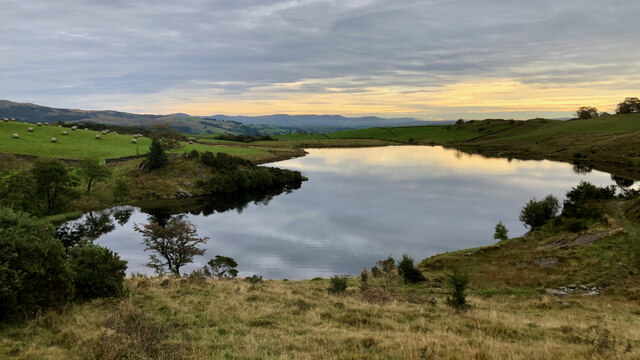
Carus Hill is located at Grid Ref: SD4696 (Lat: 54.363667, Lng: -2.8321082)
Administrative County: Cumbria
District: South Lakeland
Police Authority: Cumbria
What 3 Words
///firebird.conveys.acrobats. Near Staveley, Cumbria
Nearby Locations
Related Wikis
Nearby Amenities
Located within 500m of 54.363667,-2.8321082Have you been to Carus Hill?
Leave your review of Carus Hill below (or comments, questions and feedback).

